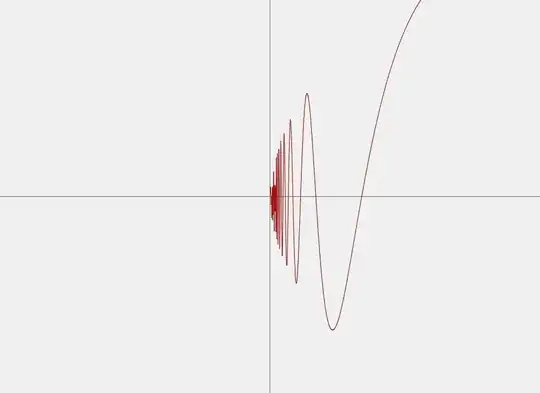Well, let's look at sin ($\frac{1}{x}$) first. As x approaches 0 from either direction, $x\rightarrow 0$, so $\frac{1}{x}\rightarrow +\infty $. But by the definition of sine,|sin t| $\leq 1$ where $t\in \mathbb R$. So consider $(a,b) \subset \mathbb R $ where $0\in $(a,b). Then there will be 3 possible extreme values of y= f(x):
1) $x\in (a,b)$ such that $\frac{1}{x}=2n\pi$ where $n\in \mathbb N$.
2) $x\in (a,b)$ such that $\frac{1}{x}=2n\pi$ + $\frac{\pi}{2}$
and
3) $x\in (a,b)$ such that $\frac{1}{x}=2n\pi$ + $\frac{3\pi}{2}$
Therefore, sin ($\frac{1}{x}$) oscillates back and forth between 1 and -1
in any open neighborhood of x -> 0. Technically,due to the $\sqrt x$ term, f(x) is undefined at x < 0. But since we can approach 0 from the left and f(0) is defined, we can take the absolute value of x and obtain the same result in calculating the limit.
Now consider $\sqrt x$ sin $(\frac{1}{x})$. By the Cauchy Schwartz inequality and the result above:
| $\sqrt x$ sin $(\frac{1}{x})$| $\leq$ |$\sqrt x$||sin $(\frac{1}{x})$|$\leq$ | $\sqrt x$| < $\epsilon$ where $\epsilon$ = $\sqrt\delta$ whenever |x| < $\delta $. So $lim_{|x|\rightarrow 0}$ $\sqrt x$ sin $(\frac{1}{x})$ = 0!
Here's the graph to justify our limit visually:

